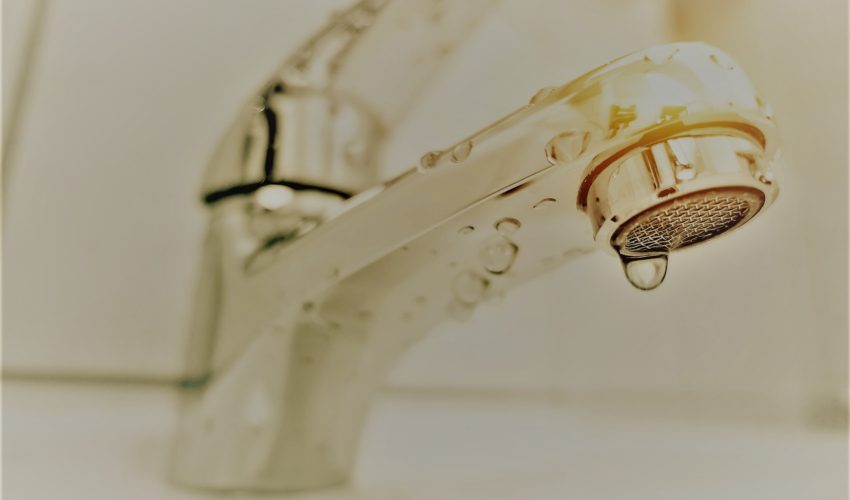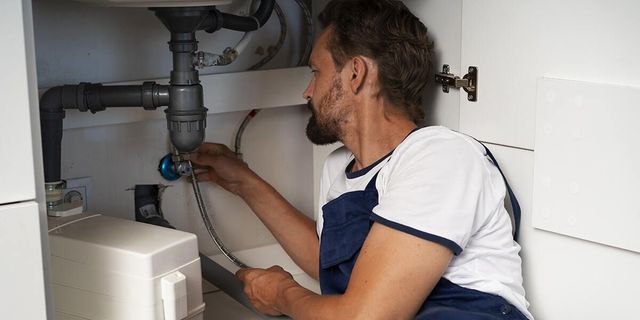Confirmed Methods for Dealing with Low Water Pressure in Your Home
Confirmed Methods for Dealing with Low Water Pressure in Your Home
Blog Article
The author is making several great annotation on the subject of 10 Reasons for Low Water Pressure in Your House in general in the content followed below.

Low tide pressure in your house can be a discouraging trouble, affecting everything from bathing to cleaning meals. If you're experiencing weak water circulation, there are numerous feasible causes and remedies to explore. In this overview, we'll discuss common reasons for low tide stress and functional steps to resolve the problem successfully.
Introduction to Low Water Stress
Low tide stress takes place when the flow of water from your faucets, showers, and various other fixtures is weak than common. This can make everyday tasks much more challenging and much less reliable. Recognizing the root causes of low tide stress is critical to locating the right option.
Common Root Causes Of Low Tide Pressure
Faulty Pressure Regulators
Stress regulatory authorities are accountable for keeping constant water stress in your house. If they malfunction, it can lead to low tide stress or uneven flow throughout your home.
Community Supply Of Water Issues
In some cases, the trouble exists outside your home. Local water problems, such as main line leakages or upkeep job, can briefly minimize water stress in your area.
Pipe Obstructions
With time, pipelines can become blocked with natural resource, debris, or debris, limiting the circulation of water. This is a common problem in older homes with galvanized steel pipelines.
Corrosion
Corrosion within pipelines can cause leakages and lowered water pressure. Rust accumulation can restrict water flow, especially in maturing plumbing systems.
How to Detect Low Tide Pressure
Inspecting Pipelines
Check noticeable pipelines for signs of leakages, deterioration, or blockages. Pay attention to any type of uncommon audios, such as knocking or rattling pipes, which might suggest problems within the plumbing system.
Consulting with a Plumber
If you're incapable to determine the source of low water pressure, take into consideration employing an expert plumber to conduct a thorough examination. They can determine underlying problems and suggest proper remedies.
Checking Taps and Fixtures
Start by checking the water stress at different faucets and fixtures throughout your home. If the concern is isolated to details locations, it might show localized troubles.
Do It Yourself Solutions to Repair Low Tide Pressure
Flushing Water Heater
Debris buildup in the hot water heater can limit circulation and reduce efficiency. Flushing the storage tank occasionally assists remove debris and preserve optimum efficiency.
Inspecting Pressure Regulator
Guarantee that the pressure regulatory authority is working correctly. Readjusting or changing the regulatory authority can help recover correct water stress throughout your home.
Cleaning Up Aerators and Showerheads
Natural resources can collect in aerators and showerheads, minimizing water flow. Get rid of and cleanse these elements routinely to boost water stress.
Clearing Up Clogs in Piping
For small blockages, try making use of a plumbing serpent or chemical drainpipe cleaner to clear blockages in pipes. Be cautious when utilizing chemicals and comply with security standards.
When to Call a Specialist Plumber
If do it yourself initiatives stop working to resolve the problem or if you think considerable plumbing troubles, it's finest to seek aid from a licensed plumber. They have the experience and devices to attend to complicated problems securely and effectively.
Preventive Measures to Preserve Water Pressure
Installing a Stress Booster
Consider mounting a stress booster pump to improve water stress in areas with constantly low flow. This can be particularly valuable for multi-story homes or properties with high-demand components.
Tracking Water Use
Be mindful of water use habits and avoid ill-using the plumbing system. Simple changes, such as shocking showers and laundry loads, can aid maintain sufficient water pressure.
Regular Upkeep
Schedule regular upkeep for your plumbing system to prevent problems such as corrosion, leaks, and obstructions. Addressing small troubles early can assist prevent more significant fixings in the future.
Final thought
Taking care of low water stress can be discouraging, however determining the underlying causes and applying ideal options can restore optimal circulation throughout your home. Whether it's cleaning aerators, inspecting pipes, or speaking with a plumber, taking positive actions can guarantee a constant supply of water for your daily requirements.
FOUR WAYS TO FIX LOW WATER PRESSURE NOW
Turning on a shower or faucet only to find the water comes out in a sad, slow drizzle is never a good feeling. How exactly are you supposed to wash a pan or take a quick shower when it takes 10 minutes just to rinse off a little soap? The good news is that when your water pressure is bad, there's always a cause: typically one that can be easily fixed. Here are some of the most common causes of low pressure and what you can do to fix the issue:
DEBRIS AND MINERAL DEPOSIT BUILDUPS
If you notice low water pressure from just one or two of the fixtures in your house, the problem likely has to do with debris buildup. Water is full of minerals and other debris, all of which can accumulate in your pipes and on your fixtures. This can cause a blockage that affects how much water flows through. To fix this, try filling a small plastic bag with white vinegar, and use a rubber band to hang it around your showerhead or faucet. Let the head of the fixture soak for a few hours, and the vinegar should loosen the deposits.
WATER LEAKS
Leaks are another common cause of low water pressure. If water is flowing out of your plumbing through a hole or crack before it can reach your fixture, the pressure coming out of the faucet or showerhead will be lower. A plumbing professional is your best bet for finding and repairing a leak in your water supply pipes.
Leaks are another common cause of low water pressure. If water is flowing out of your plumbing through a hole or crack before it can reach your fixture, the pressure coming out of the faucet or showerhead will be lower. A plumbing professional is your best bet for finding and repairing a leak in your water supply pipes.
A VALVE ISSUE
If you have low water pressure throughout your home, check your main shut-off valve to make sure it's completely open. You may also want to see if there's a pressure-reducing valve installed. If there is, have a plumber help you adjust the settings to get the pressure you're looking for.
OTHERS USING WATER
Believe it or not, your low water pressure could be caused by your neighbors. If you notice low pressure at certain times of day, it may be because you and the people living next to you have similar schedules - when everyone is showering at the same time, the pressure will be lower in every home. Low pressure throughout the neighborhood may also be caused by an issue with your municipal water supply. If that's the case, call the supplier to see if they're working on the issue.
https://www.rotorooter.com/blog/water-leaking/low-water-pressure-fixes/

As an avid reader on 9 Reasons for Low Water Pressure in Your House, I assumed sharing that piece of content was beneficial. Loved our piece? Please quickly share it. Let other people locate it. Thanks for your time spent reading it.
Call Us Now Report this page